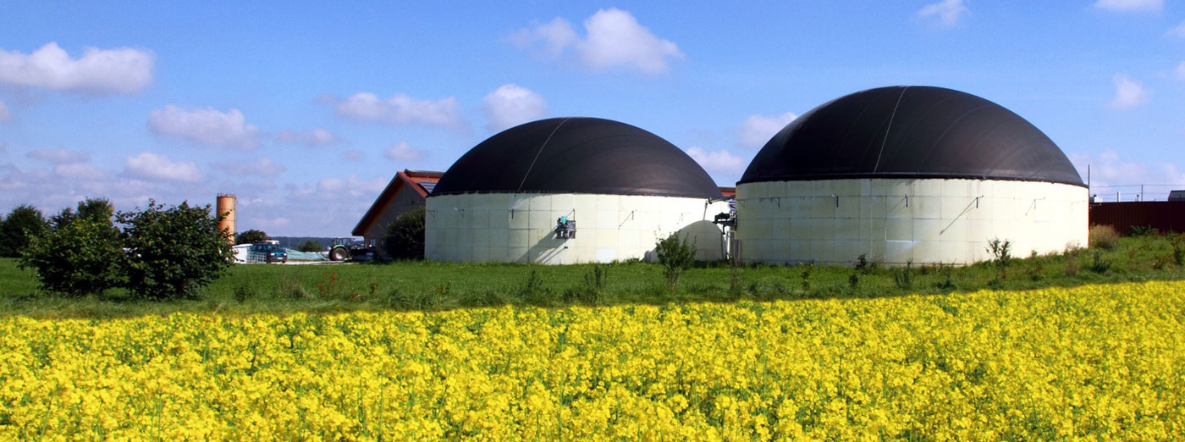How India can give a boost to biofuels
09 Jan 2022
Opinion: Sanjib Pohit
Rather than bank on crop residue and used oilseeds the focus must shift to a few feedstock crops to produce biofuels
India’s transportation sector contributes about 10 per cent of total national greenhouse gas (GHG) emissions. Out of which road transportation contributes about 87 per cent of the total emissions. Clearly achieving net zero emission by 2070 implies road transportation needs significant overhaul. While EV or hydrogen fuel cell based transportation may be the mainstream in the long run biofuel is expected to play an important role in the near future. With this in mind Transport Minister Nitin Gadkari announced on November 11 2021 that flex-fuel engines will be made mandatory in the coming days.
The advantage of flex-fuel engines is that it can run with 100 per cent biofuel unlike a standard engine which develops problem if blending ratio goes above 20 per cent. The flex-fuel or flexible fuel is basically biofuel made with a combination of gasoline methanol or ethanol where blending ratio may shift from zero to 100 per cent.
The aim is to gradually shift to fuels which are import substitutes cost effective indigenous and pollution-free. The entire automobile sector in Brazil runs on flex-fuel engines. The blending varies depending on the availability of biofuel feedstock and price of global crude oil. As a result international crude oil price does not pinch them anymore.
While the idea of pushing towards flex-fuel auto-engine is a novel one the stark reality is that we do not have the feedstock even for 20 per cent bending ratio. Currently the supply is enough to meet about 8.5 per cent blending ratio. The government has decided to step up domestic manufacture of biofuels by 10 per cent every year and has advanced the target of blending 20 per cent ethanol in petrol to 2025 from 2030. But there is no way that the target can be achieved by 2025.
Moreover increasingly India is using its large inventory of foodgrains of low quality (due to improper storage) to produce biofuel. Earlier they were used for fodder for animals. But the tendency is now to use them for producing ethanol. Surely this is not a sound proposition as these foodgrains were procured at higher prices.
Biodiesel production involves four distinct stages — (i) cultivation of oilseeds bearing plants from which seeds would be harvested; (ii) trading of seeds which involves procurement of seeds from the individual farmers and selling them to the processing factories; (iii) oil extraction from the seeds and transforming the extracted oil to biofuel through the process of trans-esterification; and (iv) blending this biofuel with the petrol/diesel and its disposal to individual consumers through retail outlet.
Originally India’s biofuel programme identified a few oilseeds whose cultivation was encouraged to meet feedstock supply. However this policy is now discarded in the new biofuel policy. Increasingly the focus is now of adopting second generation biofuel process namely producing biofuel from used vegetable oil crop residue.
Most of the latest plants that are now being built are capable to use crop residue used vegetable oil or oilseed to produce biofuel.
While the policy seems to be sound on paper very little has been achieved. Only two bio-refineries with capacity of 500000 litres/day of ethanol from spoilt and surplus foodgrain have been constructed by Indian Oil Corporation out of the 12 new bio-refineries to be built across 11 States in the country.
The best option
To have a long-term solution to stubble burning in northern India notably Punjab Haryana and Western UP the idea is to construct a bio-refinery so that the same can use crop residue to produce ethanol. However no plant has come up so far as it may not be economically viable given the current taxes/incentives schemes.
Gathering crop residue during harvest time is a costly proposition unless the farmers are given enough incentive to bring the crop residue to the proposed plant after harvest. Also gathering a steady supply of other feedstock during non-harvest time is also an issue that entrepreneurs worry about. Somehow the incentive scheme is not tilted in favour of production of biofuel.
Most countries which have been successful in promoting biofuel have banked on some crops as feedstock. Most also have undertaken genetic engineering on the crops so that the yield is maximised. Take the case of Brazil. Most of its ethanol is produced from sugarcane directly for efficient extraction.
On the other hand India uses by-products (molasses) from sugar production to produce ethanol. This is not an efficient process with low yield. Of course the sugar producers gets better price of their by-products.
It is best that India identifies feedstock undertakes genetic engineering on the plants if it plans to use biofuel in a big way in the transportation sector. The use of used oil and crop residue for biofuel can at best supplement biofuel production but can never fulfil the target what India needs if it wants to replicate Brazilian experiment with biofuel.
No doubt support for feedstock producers as well as the biofuel production value chain for a sustained 3-5 years is needed if the sector has to take off. Will the government bite the bullet in the coming Budget?
The writer is Professor NCAER. Views are personal.
Published in: The Hindu Business Line, 09 Jan 2022






